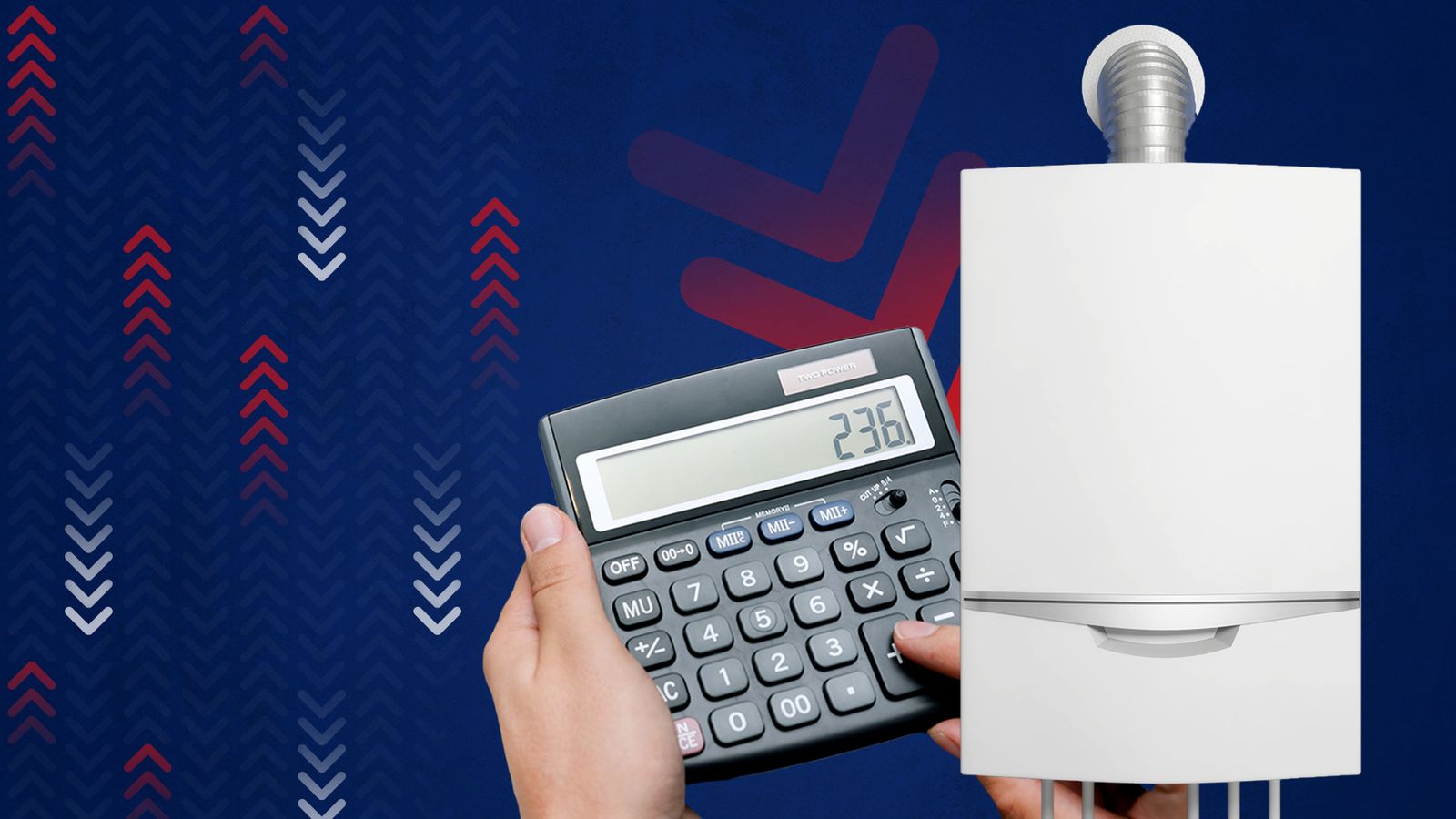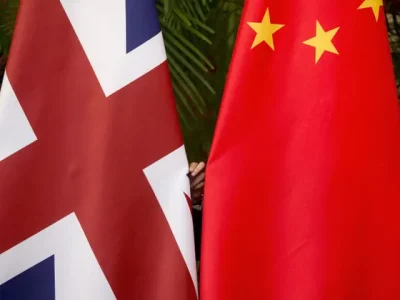Energy bills are going up for millions of people after the price cap was lifted by £693 a year. The cap, which will apply from 1 April to 31 September, is rising by 54% to £1,971 a year, a record increase largely driven by wholesale gas prices. With the cost of living rising on many fronts, it has made energy prices a key political as well as practical issue for millions of households.
The energy price cap sets the maximum figure that can be charged to customers on a variable dual-fuel rate for typical usage of gas and electricity for a six-month period. Introduced in 2019 it is based on a number of factors including the wholesale cost of power in the previous six months. Ofgem estimates that 22 million households are currently on variable rates, the number swelled by around two million customers whose suppliers have gone bust in the last year. Last October the price cap rose 12% to £1,277 but analysts predict it will rise around 50% this time, adding as much as £700 to bills as a result of a sustained increase in wholesale gas prices. The price cap is not the maximum that anyone can be charged – customers with high energy usage will have higher bills – but rather reflects typical usage levels.

What makes up energy bills?
The cap is calculated on the basis of wholesale fuel prices plus a range of taxes and operating costs. At the last price cap announcement, bills were broken down as follows: 36% wholesale costs; 25.35% network costs; 18.62% operating costs; 15.33% environmental & social costs; VAT 4.76%; 2.24% other costs; 0.93% supplier pre-tax profit margin. A sustained increase in wholesale gas prices is the principal driver of rising bills.
Why has the price of gas risen so much?
Natural gas is around four times the price it was a year ago thanks to a combination of the cold European winter last year that drained supplies; increased demand from Asia & China; and gas-powered electricity generation that filled the energy gap when renewable sources were not available during a relatively calm summer.
What about the other components in a bill?
The environmental and social costs include projects to help decarbonise energy supply such as improving insulation in customer homes. There has been pressure from Conservative backbenchers to cut these so-called “green taxes” which are technically levied on electricity generation. The social costs include schemes to help the most vulnerable customers including the Warm Homes Discount (WHD) which provides a rebate of around £140 to more than 1.5 million people on particular benefits.
What is the impact of rising prices?
More than 20 suppliers have gone bust in the last year because they could not honour the prices offered to customers while paying elevated wholesale prices. Around two million customers were passed on to other suppliers who have effectively taken them on at a combined loss of around £2bn because the wholesale price of energy is higher than the current price cap. This so-called Supplier of Last Resort (SOLR) costs are usually shared by all bill payers in the year they are incurred, but that would add around £100 in the next year.
What is the government doing to help?
Energy suppliers have been lobbying the government to provide support for customers and address, what they say, is a dysfunctional market since it became clear that passing on rising prices was unavoidable. Talks have been ongoing for months but intensified in the last month with the Treasury taking control after initial negotiations with the Department of Business and Industrial Strategy.
The Treasury is understood to have worked up a £6bn loan scheme that would see around £200 passed on as a rebate to all energy customers. That would still leave an average increase of around £500 for all customers for the foreseeable future. It is thought the money would be loaned to suppliers to pass on to customers. Suppliers would then repay the money from customer bills when gas prices fall by keeping bills higher to cover the cost.
The government said it wants to target help the most vulnerable and it is expected the WHD will rise at least in line with existing plans to increase its value to £150 and reach three million people. Because the WHD is paid from customer bills, it’s estimated those changes will add £24 to the average bill unless the Treasury intervenes.
Cutting the 5% VAT rate has all but been ruled out by ministers and it is still unclear whether the green levies will be addressed, perhaps by moving their funding to general taxation. An alternative commercial loan program, negotiated by suppliers with Barclays, to allow SOLR costs to be spread over multiple years, is understood to have been approved by Ofgem last Wednesday only to be vetoed the following day.
When will prices come down?
Not any time soon. The gas markets suggest prices will remain elevated for several years, not least because gas is the key transition fuel for economies around the world trying to move from carbon-based power generation to renewables. Based on current prices, analysts predict the next price cap review in October will see a further £400 increase, meaning government intervention may have to be sustained.
![]()





